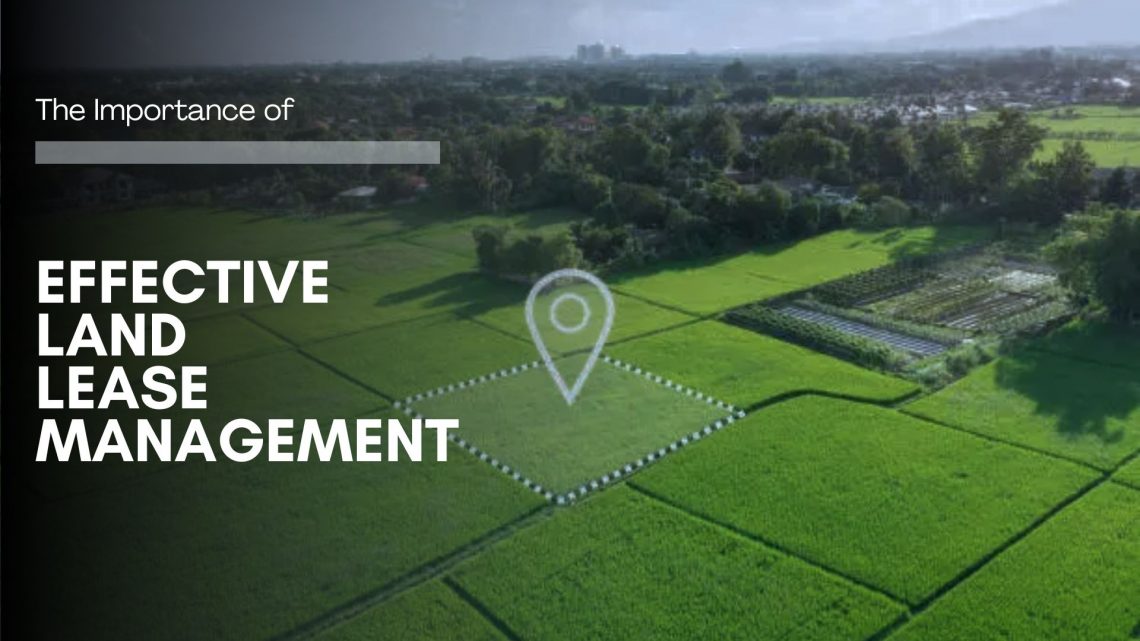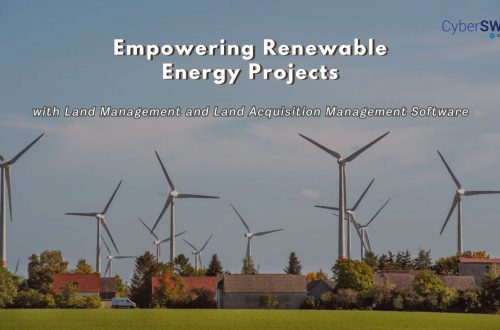
The Importance of Effective Land Lease Management
Managing land leases effectively is crucial for ensuring the optimal use of land assets, reducing financial risks, and fostering productive tenant relations. Whether for agricultural, industrial, or commercial purposes, land lease management involves maintaining clear agreements, robust record-keeping, and efficient communication with tenants. Modern tools like GIS-based land management systems play a transformative role in streamlining these processes.
The Core Elements of Land Lease Management
Effective land lease management encompasses three critical aspects:
Lease Agreements
Lease agreements form the foundation of any land lease arrangement. A well-crafted lease should:
- Clearly define the terms and conditions, such as lease duration, payment schedules, and permitted land use.
- Protect the interests of both parties, minimizing disputes and ensuring legal compliance.
- Include specific clauses for lease renewal, termination, or adjustments based on evolving needs.
Tools like LAMS, land leasing software or land management system software simplify the creation and monitoring of lease agreements, ensuring accuracy and consistency.
Record-Keeping
Comprehensive record-keeping is vital to track lease details, payment histories, and property conditions. Relying on manual processes often leads to errors or inefficiencies. Modern digital land management systems solutions enable:
- Centralized storage of lease agreements, property maps, and tenant details.
- Automated alerts for upcoming lease renewals or overdue payments.
- Accurate tracking of property boundaries using land mapping software and GIS technology.
Tenant Relations
Strong relationships with tenants are the backbone of successful lease management. Open communication and proactive engagement build trust and ensure compliance with lease terms. Land asset management software can facilitate tenant management by:
- Providing a portal for tenants to access lease information and payment details.
- Allowing for easy communication regarding maintenance requests or lease updates.
- Offering tools for conflict resolution through transparent documentation.
Benefits of Effective Land Lease Management
Maximized Land Utilization
Efficient management ensures that every parcel of land is leased appropriately, avoiding underutilization. Land allotment software enable property owners to identify and allocate land based on usage potential.
Risk Mitigation
By maintaining clear agreements and accurate records, property owners minimize legal disputes, missed payments, or unauthorized land use. Land acquisition software helps track ownership history and compliance with local regulations.
Increased Financial Returns
Properly managed leases reduce payment delays, optimize rental income, and support better financial planning. Land records management systems ensure all monetary transactions and lease terms are accurately recorded.
Enhanced Sustainability
For agricultural or natural land leases, tools like LAMS, GIS-based land records management provide insights into soil quality, water resources, and land use patterns, promoting sustainable practices.
The Role of Technology in Modern Land Lease Management
Technology has revolutionized how land leases are managed. Advanced land management software integrates features like:
- GIS mapping to visualize property boundaries and resource distribution.
- Automation for payment reminders, lease renewals, and reporting.
- Cloud-based solutions for secure, real-time access to data from anywhere.
For instance, a Digital Land Management System combines land mapping software and land information management systems to offer a comprehensive solution for property owners, developers, and leasing agents.
Why Choose a Comprehensive Land Management Solution?
Investing in an advanced land management system or land leasing software is essential for organizations or individuals managing multiple leases. These tools:
- Simplify complex leasing workflows.
- Ensure regulatory compliance and reduce risks.
- Provide data-driven insights for better decision-making.
For example, GIS-based land management systems are invaluable for large-scale landowners, offering precise mapping and real-time analytics.
Conclusion
Effective land lease management is more than a task—it’s a strategy to maximize the potential of land assets while minimizing risks. With the support of modern tools like LAMS, GIS-based land management systems property owners can streamline lease processes, foster positive tenant relations, and ensure sustainable land use. Embracing these solutions not only enhances operational efficiency but also drives long-term financial and environmental benefits.

Darshana Mukherjee is a Senior Consultant in Business Development with over 11 years of experience in sales, primarily focused on the Geospatial IT industry. Her expertise lies in driving business growth through strategic partnerships, client engagement, and delivering solutions. She combines her technical knowledge with business acumen to contribute effectively to organizational success.





